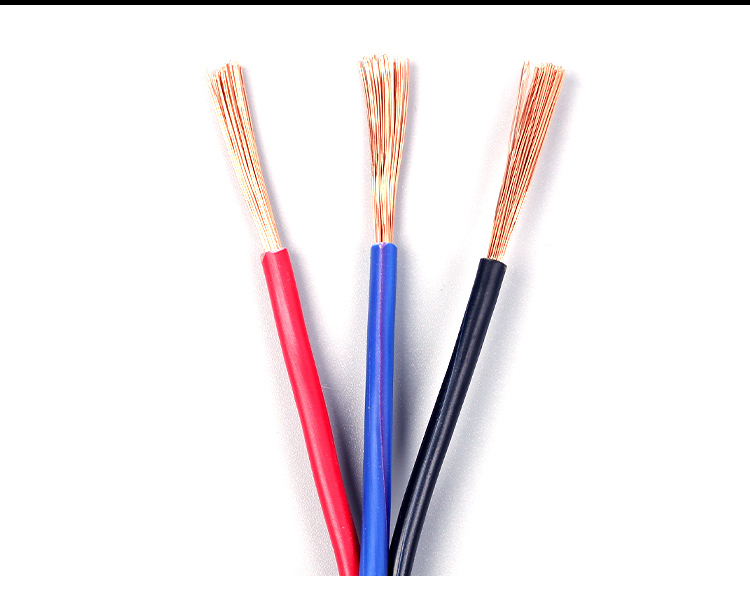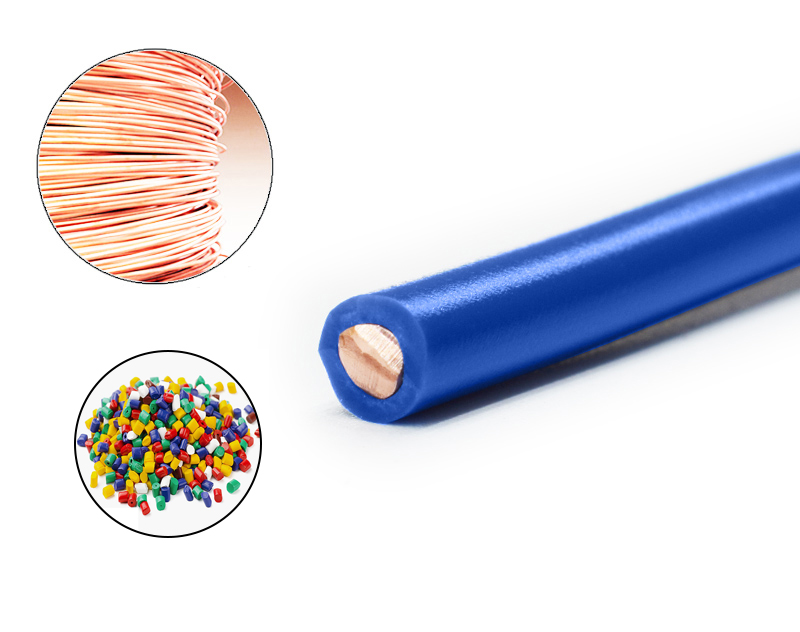1.The insulation has deteriorated due to aging. The insulation of power cables is subject to thermal, chemical and mechanical actions that are accompanied by electrical action, so that physical and chemical changes occur in the insulating medium, and the insulation level of the medium is reduced. The insulation is damp. Intermediate joints or terminal heads are damp due to the top and bottom sealing of the structure or poor installation quality; defects such as blisters or cracks are left when the abc cable is covered with lead, which will also make the cable damp.

2.The cable is overheated. There are many reasons for the overheating of the cable. The internal cause is that the internal air gap of the cable insulation causes local heating, which causes the insulation to be carbonized. The external cause is the cables installed in densely-cable areas, cable tunnels, etc. The aac cables passing through the drying pipes and the cables close to the pipes will cause accelerated insulation damage due to cable overload or poor heat dissipation.
3.mechanical injury. Mainly refers to cable damage caused by external force. This is mainly due to mechanical action such as vehicle vibration, which deforms the cable. Deformation of the cable leads to excessive bending, damaging the internal insulation or causing an air gap inside the insulation.

4.Corrosion of the protective layer. The lead bag of the cable corrodes due to electrolysis or chemical action. Due to the different nature and degree of corrosion, the lead bag has red, yellow, orange and light yellow compounds or fine pores like sponge.
5.Overvoltage causes breakdown. Atmospheric overvoltage and internal overvoltage cause the stress on the cable insulation to exceed the allowable value and cause breakdown.
6.Moreover, analysis of actual failures shows that many outdoor terminal head failures are caused by atmospheric overvoltages.
7.Problems in the design and manufacturing process of the intermediate joint and terminal head. When the semiconductor is peeled off, the internal insulation is damaged or there are particles, dust and other impurities on the insulation surface; poor sealing of the cable head causes moisture inside the insulation, resulting in damp insulation; non-standard cable joint technology and non-standard sealing, resulting in grounding; high humidity in the production environment , Causing the insulation integrity of the production part (cable head) to be damp; the cable grounding error occurs, causing the grounding wire to form a circulating current or break.
